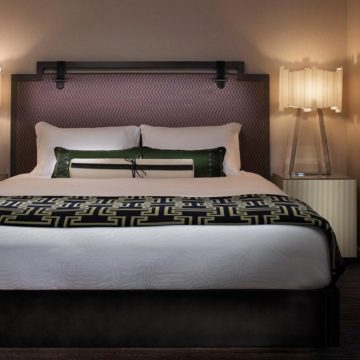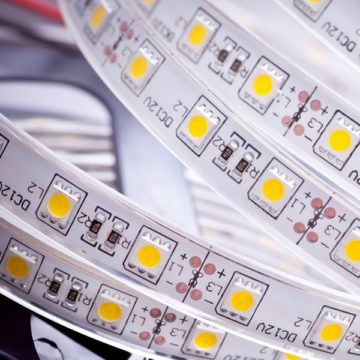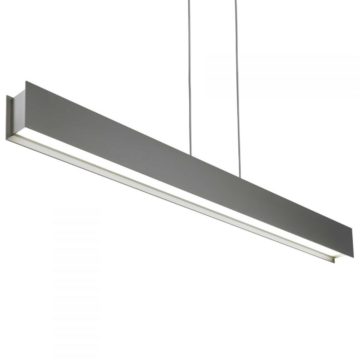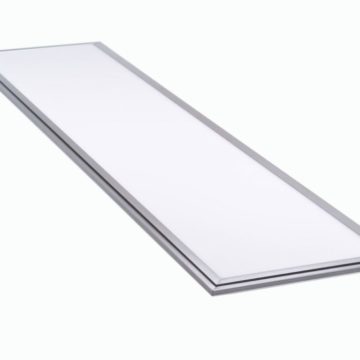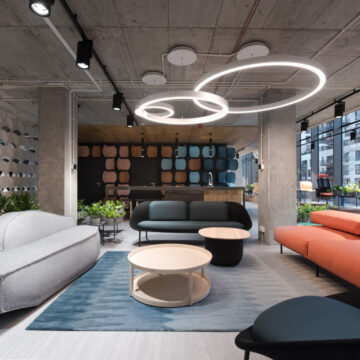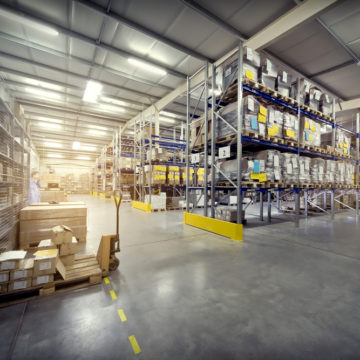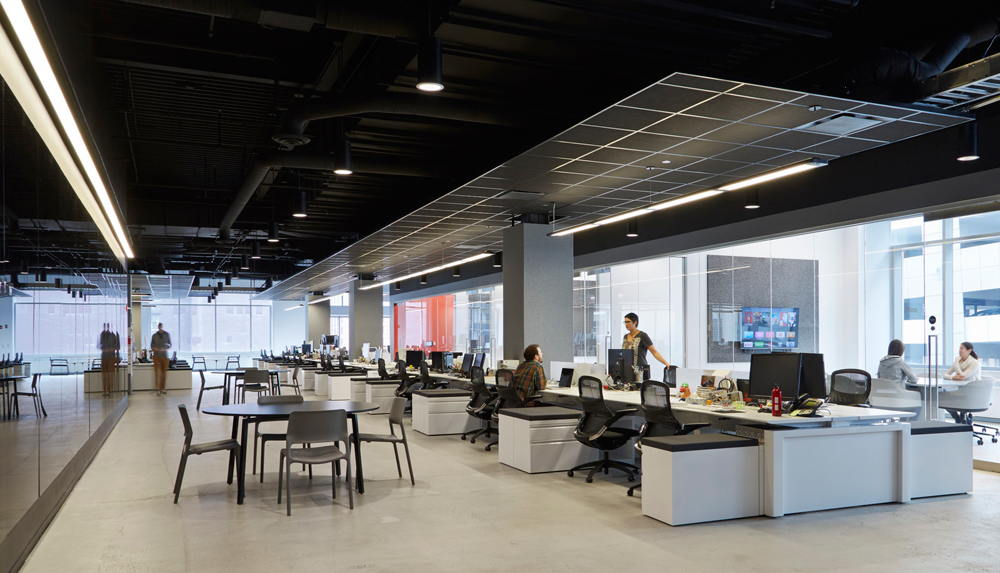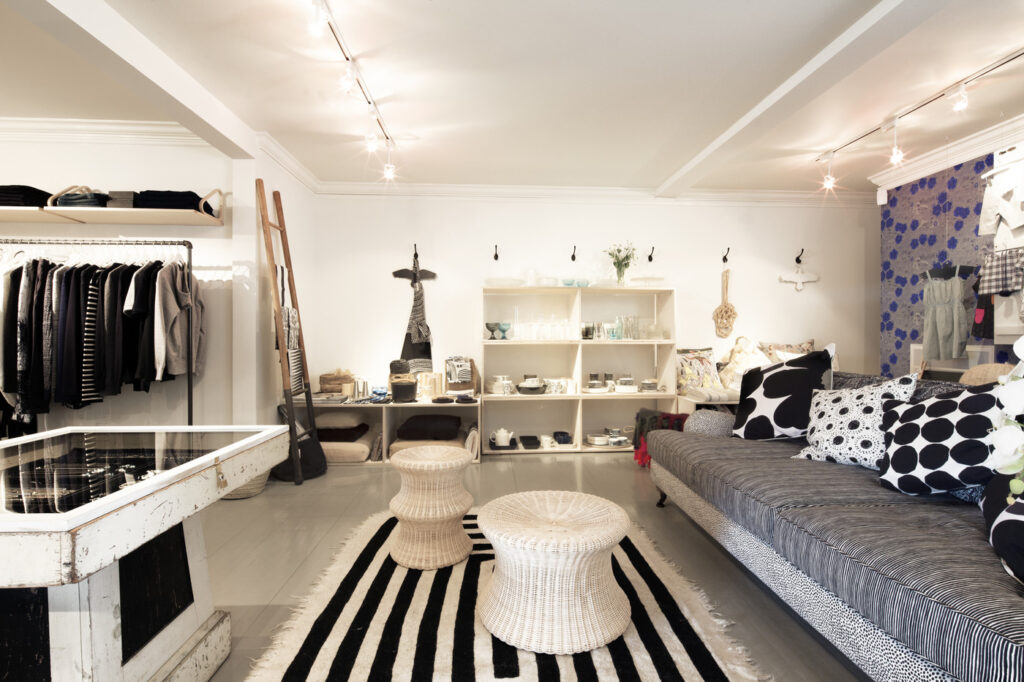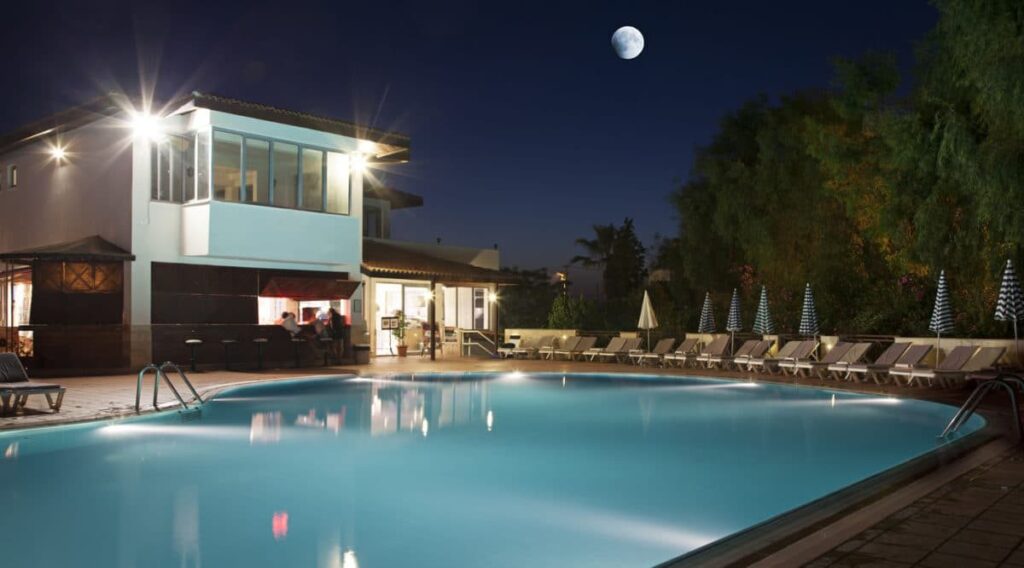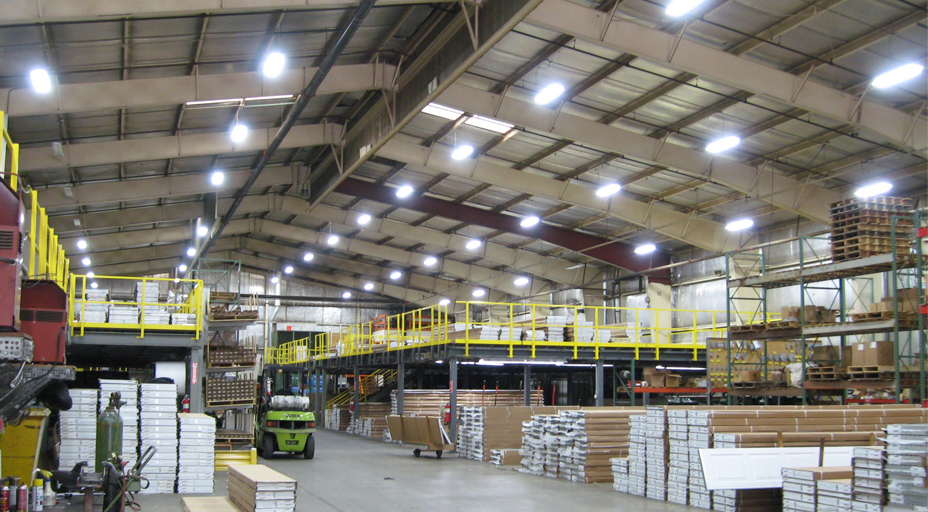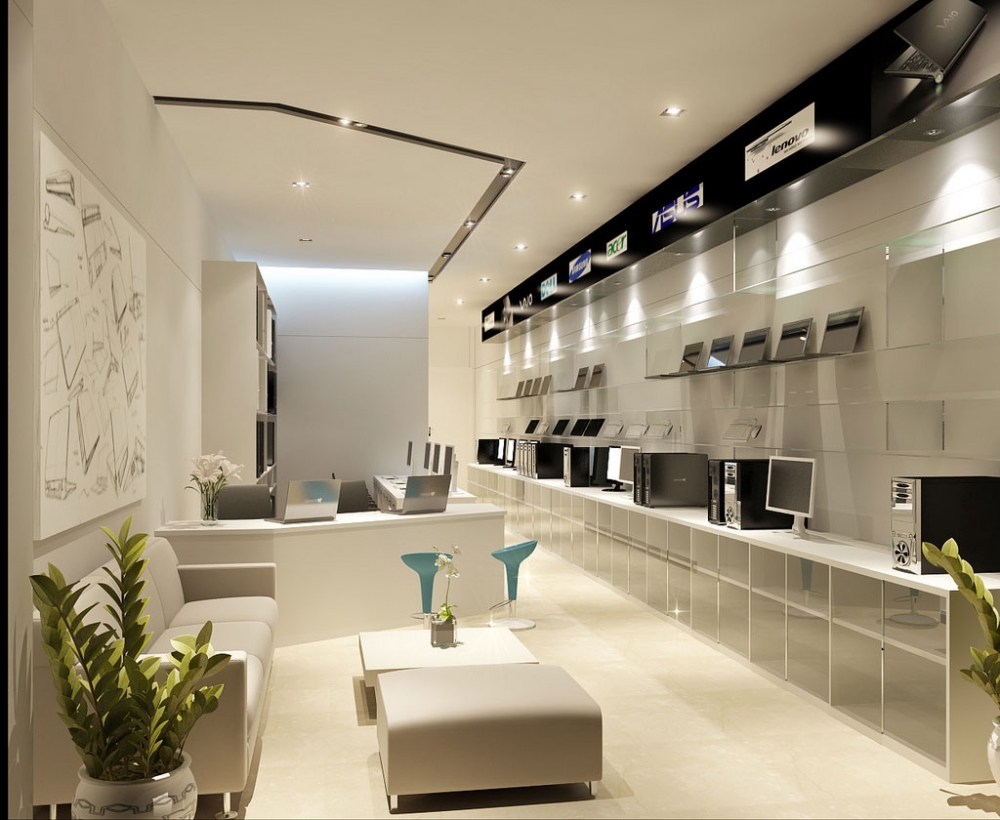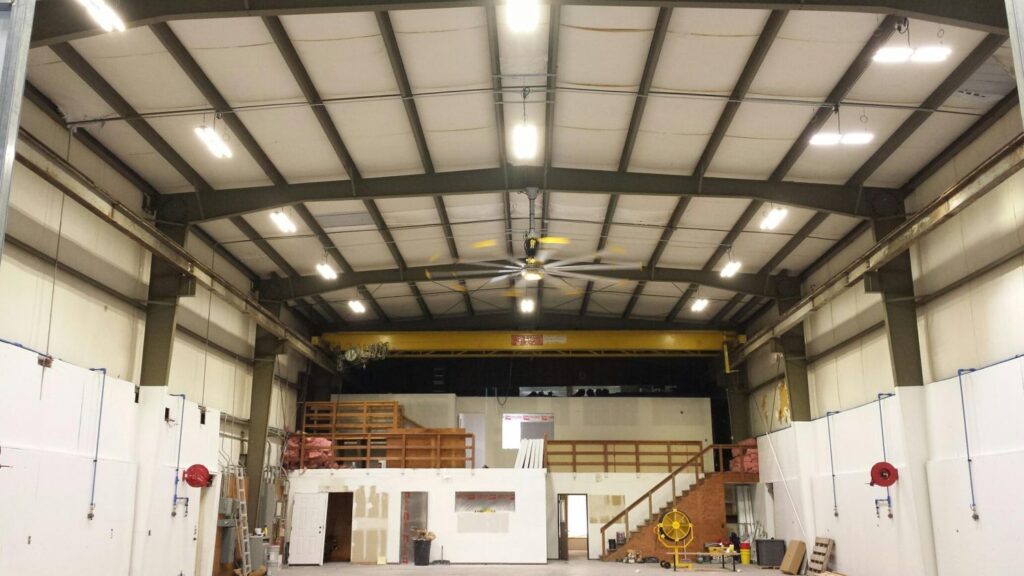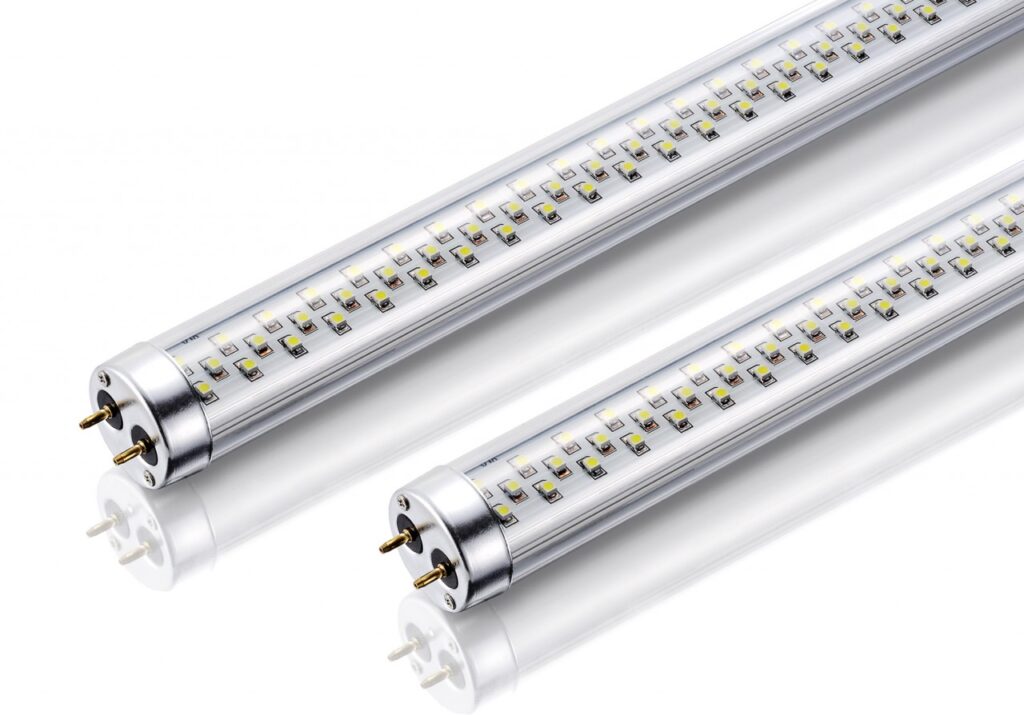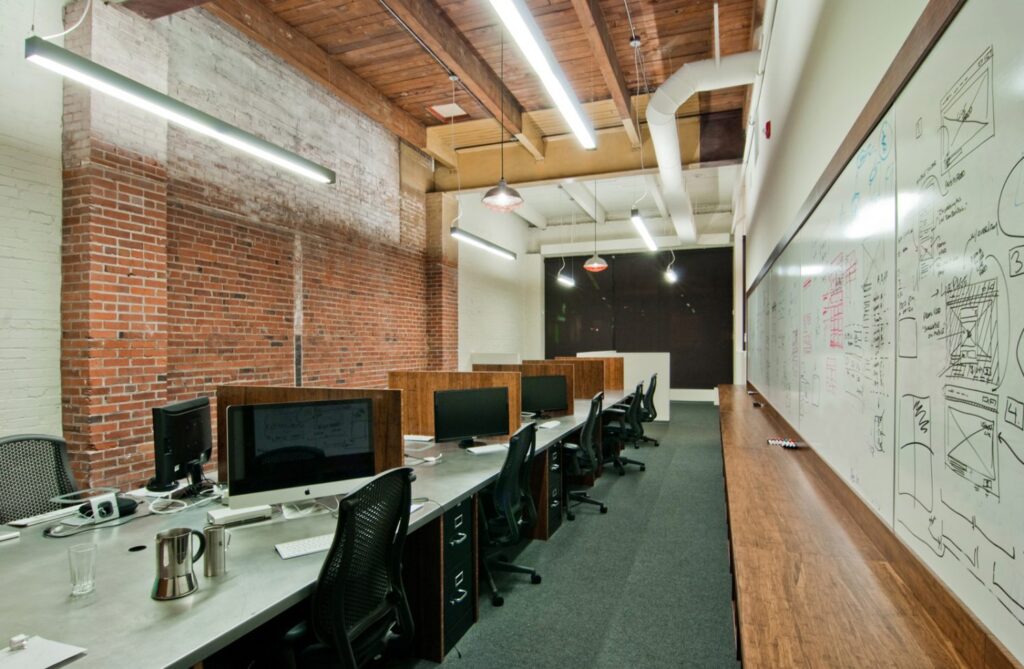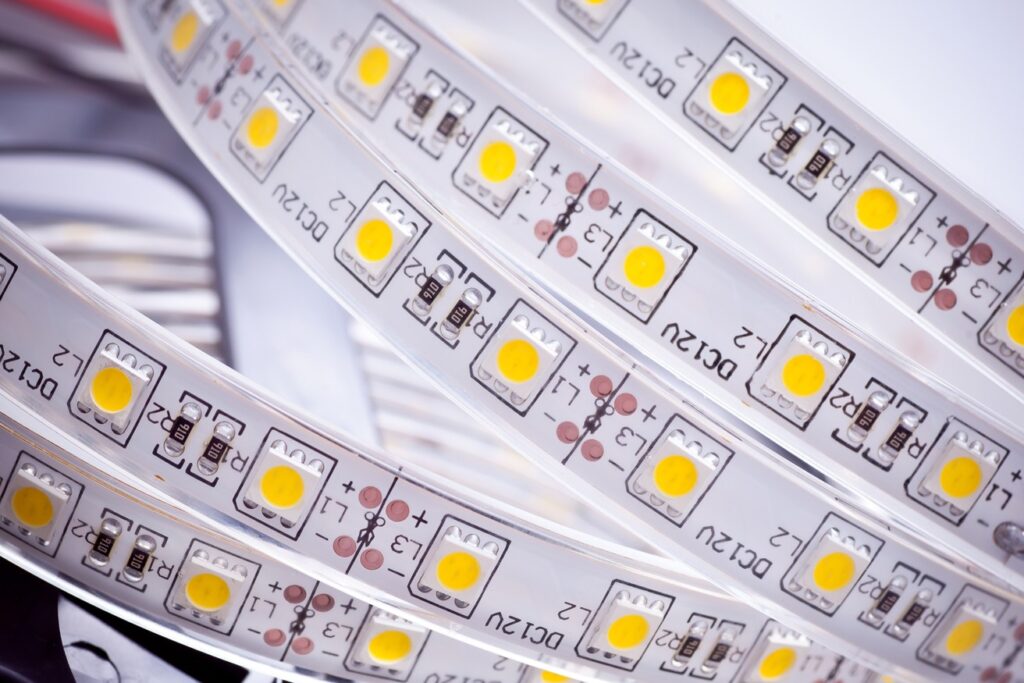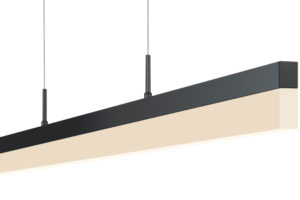LED Office Lighting
You can often find incandescent or fluorescent lighting in offices.
An incandescent light is one that has a wire filament inside a glass container. When it is heated to a high temperature, it will begin to glow with a visible light.
A fluorescent light usually comes in what looks like a tube. Inside, an electrical current will excite the mercury vapor. When this happens, a short-wave of ultra-violet light is produced which causes the inside to glow.
The problem with incandescent lights is that they have low efficiency. It takes a lot of energy for them to light. This is true despite the fact that they light quickly. When they do light, they actually waste unnecessary energy doing so. As well, they emit large amounts of carbon dioxide which can be dangerous to workers.
Fluorescent lighting can cause workers to strain their eyes too much. As well, according to studies, this kind of light can cause migraines. It is a harsher light and it can make it difficult for employees to focus. They have much more side effects but why deal with all of that? There is a better and more cost-efficient alternative to lighting: LED Office lights.
Light-emitting diodes, or LED lights, are the smartest solution for lighting. LED’s emit light in wavelengths. These wavelengths are much narrower than either fluorescent or incandescent. Because of this, they save the most power. The come to full brightness without time to warm-up. This is like the incandescent lights which also have a short warm-up time. The bonus is that you don’t have to worry about carbon dioxide emission.
There are also many advantages to using LED’s in the office.
Offices should switch to LED office lighting. That is, if they want to save money, be greener, and have a better light source.
Here are some LED office lighting benefits:
1. Light Efficiency and Energy Saving
When looking at incandescent, fluorescent, and LED’s that are equivalent in terms of the amount of light they produce, LED’s are superior. An incandescent will last about 1,000 hours. Fluorescents will last around 8,000. LED’s, on the other hand, will last 50,000 hours. This may make them more costly in the short-term but, you’ll be saving money on your bill each month which means long-term savings. They use about 75% less energy than other bulbs as well.
2. Don’t Burn Out
LED’s indicate when they need to be changed by fading in brightness over time as opposed to a quick burn out like other lights. This can be more convenient because what office needs their lights to burn out right in the middle of work. It can also be safer. Most people have experienced what it is like when a light blows out. It gets loud and they duck. You might have glass everywhere. Fluorescent lights flicker and remind people of horror movies. No one wants that in the workplace. Fading out seems a bit more peaceful.
3. A Green Alternative
Unlike incandescent lights which emit carbon dioxide. Even fluorescents have chemicals like mercury in them. It is not safe to have that emitting into your workspace. Additionally, even when the lights are off, they will still emit these toxic chemicals into the air. LED’s are toxic chemical-free. You don’t have to worry about your workers breathing in years of toxicity. LED’s are also recyclable and one bulb can be the equivalent of 25 incandescent bulbs in terms of production and material use. If you care about your office’s carbon footprint, using LED’s can get you in the right direction.
4. Durability
Even though you might not experience rough weather, LED lights are durable to withstand hard conditions. They are resistant to shock, external impacts, and harsh weather conditions. They aren’t made from glass like incandescent bulbs. They are made with epoxy lenses, which don’t break as easily.
5. Doesn’t Emit Ultra-Violet Light
LED lights produce light that it close to sunlight without the harmful UV rays. The only thing LED’s are emitting is light. Good high quality, efficient, non-toxic light. That’s what you ultimately want. Instead of choosing potential cancer versus being able to see, wouldn’t you prefer to be able to see without the worry of what the lights are doing to you?
6. They Are Safer Than Others
90% of the energy released from incandescent lights is heat. 80% of the energy from fluorescent lights is heat. LED’s don’t emit much heat as compared to other bulbs. They are much cooler and as such the risk for them combustion or burning is very low.
These are just a few. There are many more benefits to keeping LED lights in your office. By improving the light sources, you can also improve worker focus and productivity. On one hand you are saving the company money and keeping workers safe from toxic chemicals. On the other you are helping workers get more done which ultimately helps the company on a larger scale. What’s more, the benefits are not limited to just your office space. Some other benefits outside of the office include:
· LEDs can be designed into systems that can produce amazing lighting effects for the eye, the mood, and the mind.
· They also function well in both very hot and cold temperatures. They can be used in freezers or outdoors, unlike fluorescent and incandescent.
· LED’s are designed to deliver light in a more efficient way. The mechanics of the lighting are much better than other bulbs.
· They light up immediately and as such are great for things like signals and traffic lights.
· You can turn them off and on repeatedly without harming their life span. As opposed to other bulbs whose lives will dwindle if you play with them.
· They have a low voltage which makes them easy to use outside when connected to a solar energy source. Imagine if you had a solar energy source and LED lights in your backyard or home. Your energy bill will be so cheap.
LED lights are a great choice overall. Whether you use them in the office or in the home, they are a great choice. Not only are they cost-efficient, but they also help the environment. They may have a higher upfront cost. But, when you weigh the multitude of benefits with the upfront cost, there is really no comparison.


